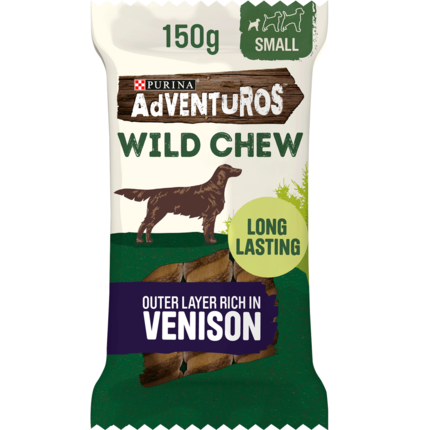
The four-legged siblings in the household might share a lot of things, including their love for play, cuddles and sleep, but one of the things they don’t have in common is food. Find out if dog food is bad for cats and how to keep their paws out of each other’s meals.
Whether your cat is always curious about what’s in the dog food bowl or it’s dinner o’clock and you’ve just realised the cat food pantry is empty, you’ve probably asked yourself can cats eat dog food? If you’ve got a cat and a dog living together under the same roof, here is what you need to know about letting your cat try the dog’s food.
Can cats eat dog food?
Yes, but only as a short-term, last-resort solution. A stolen snack from the dog’s bowl isn’t a cause for worry. But cats eating dog food on a consistent basis can be detrimental to their health and well-being. It’s important to make sure there are both dog food and cat food supplies in the household where these four-legged companions live together.
Why is dog food bad for cats in the long term?
Even though at times it may seem they’re related, cats and dogs come from distinct parts of the animal kingdom and have different dietary requirements. Cats are obligate carnivores which means their diets consist mostly of meat protein, while dogs are considered omnivore and therefore can enjoy a much larger variety in their menu, including meat, grains and vegetables. Even though a cat will dabble in grains and vegetables too, dog food isn’t the best way to get them as it won’t provide enough protein to match a cat’s nutritional needs.
What are the differences between cat food and dog food?
Cat food and dog food are not formulated the same by experts. There are different nutritional needs they have to keep in mind, which is why cats can have a taste of the dog food, but it’s not recommended turning it into a habit.
Here are some of the key differences between the two types of pet food.
Proteins
Certain amino acids (the building blocks of proteins) such as taurine and arginine are unique requirements in a cat’s diet. Because a cat’s body lacks the enzymes to make their own, it’s important for these amino acids to be included in their diet. Don’t forget that taurine deficiency in cats can lead to serious health problems such as blindness or an enlarged heart. The same is not true for dogs as their bodies are able to synthesize taurine, which is why their food will not always be formulated with appropriate taurine levels in mind.
Cats also need more protein than dogs to achieve the level of energy they require for a happy and healthy life. This is why feeding a cat dog food on a daily basis will lead to protein deficiency which has serious consequences for the feline health.
Vitamins
Vitamins are another essential nutrient that cats and dogs need in different proportions. In particular vitamin A, which cats don’t have the ability to produce, but dogs do. Vitamin A has important functions in maintaining the cat’s eyes, skin and coat health which is why deficiencies can have consequences for a feline’s wellbeing. Cat food will often include higher quantities of vitamin A compared to dog food.
Arachidonic acid
Arachidonic acid is an essential fatty acid which cannot be produced by cats and therefore needs to be taken from their food. Dogs food won’t usually be supplemented with arachidonic acid since their bodies can create their own.
Calories
Cat food is higher in calories due to their extra requirements of protein, which makes for another important reason why dog food is bad for cats in the long term.
Size
Size is another way dog food can differ from what your feline is used to. Cat food tends to be smaller in portion size, and it’s important not to overfeed them with large portions of dog food.
How to prevent cats from eating the dog’s food
If you’ve caught your cat trying to get into your dog’s food bowl more than once, there are a few things you can do to make sure the food they have access to is the one that meets their dietary requirements.
The “out of sight, out of mind” rule can be helpful in helping cats focus only on the food meant for them. Put enough distance between the cat and the dog food bowls to stop your little feline from being tempted into trying their house mate’s dinner.
Having the two pets in different rooms at meal time can help.
While dog food is not on the list of harmful and poisonous substances for cats, it is important to make sure it doesn’t become the default meal for a cat curious to try new things at dinner time.
If you want to find out more about the different dietary requirements of cats and dogs, read our handy guidelines for feeding your cat and feeding your dog.
















